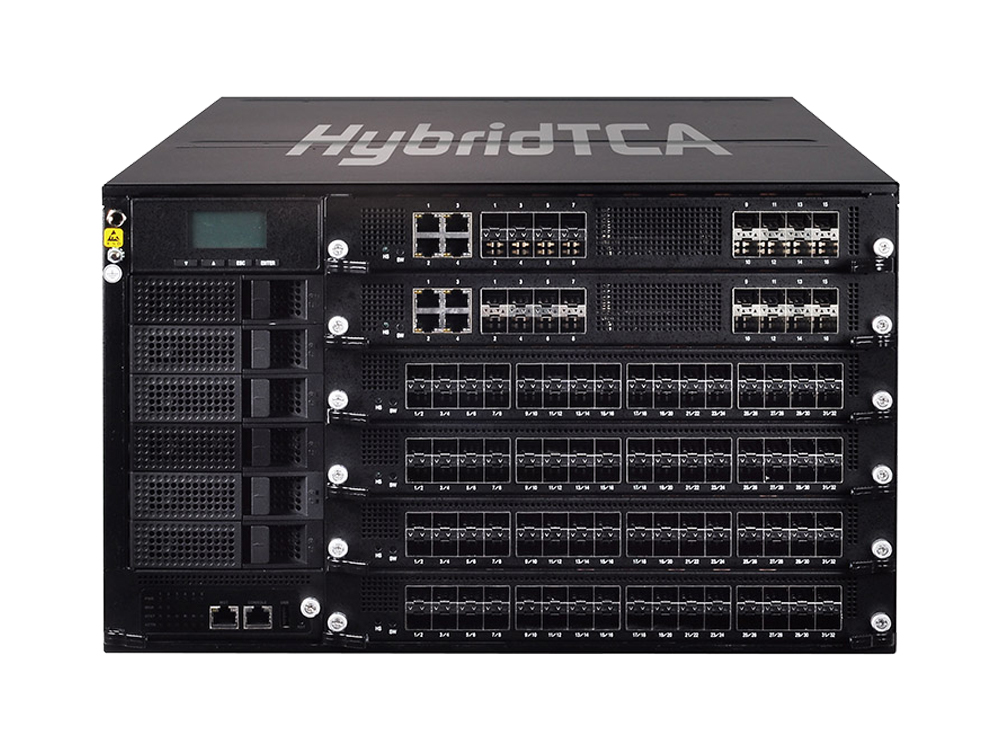With rising requirements for ultra-high-speed mobile networking coming in parallel with the auspicious 5G cellular networks, the operators, in order to react to this growth, have to adapt their infrastructures to the explosive increase in traffic by users, connected devices, mobile broadband and other networked services. How to modify the existing Radio Access Network (RAN) infrastructures to enable new serviceability and a simplified deployment approach is exactly the trial for these operators. This will cost them dearly as deployment and management of distributed base stations would become more complex. C-RAN (Cloud-RAN), or Centralized-RAN, is hence introduced and anticipated as the optimal solution. It can realize RAN advantages on the base of cloud-native architecture by running selected 5G RAN network functions through Commercial off-the-shelf (COTS) hardware platforms, efficiently lowering TCO (total cost of ownership) while reducing latency, enhancing capacity and cellular network infrastructure coverage.
Cloud-RAN Characteristics
The “C” in C-RAN also stands for the four main characteristics of the C-RAN system – Clean, Centralized processing, Collaboration and a real-time Cloud Radio Access Network, which are well represented by the following components that contribute to a successful C-RAN implementation:
- Right COTS Hardware
Successful C-RAN implementation must choose the correct hardware platform and the virtualization environment in the first place. Since Distributed Units (DU) come with higher processing and latency requirements, the hardware accelerator is a prerequisite for a Commercial-off-the-shelf server.
- Centralization & Cloud-native Architecture
As the C denotes both Centralization and Cloud – two separate but highly related terms of this new architecture, the adoption of NFV (Network Function Virtualization) and Cloud computing orchestrations in RAN infrastructures allows operators to aggregate computing resources, service scalability, cell layers and wireless standard compatibility while disaggregating the RAN functionality through the RAN software and hardware that possess the potential of implementing innovative technologies and service deployment at the edge facilitation.
- Collaboration of Services
Along with 5G era comes the arrival of Cloud-RAN, edge computing, network slicing, the software-defined radio (SDR) and networking technologies, all of which are evolving to deliver software-defined everything through the Cloud, hence arises the need for the resources to be pooled and dynamically allocated while processes being automated over application programming interfaces, network functions being provided through service management and orchestration (SMO).
- RAN Programmability
An essential evolution of C-RAN architecture is a Virtualized-RAN— RAN programmability that ensures software definability and adjustability, making it possible to deploy non-RAN functions in the virtualized system using programmable software layers, further reducing CapEx and OpEx as well as creating more business opportunities.
Embarking on Cloud-RAN journey
Cloud-RAN is expected to come into place for 5G, and it can’t be clearer that pre-verified solutions and customer-tailored cloud environments are the most efficient approaches to it.
Do you want to deploy a Cloud-RAN without having to restructure your business? Among various open hardware vendors, Lanner is the reliable partner to accompany you throughout the Cloud-RAN journey. With its expertise in design, solution providing and implementation ability, your Cloud-RAN can be assured of compatibility, reliability, scalable capacity and technology flexibility needed for the Internet of Things (IoT) and 5G. While providing high-quality commercial 5G services, you can enjoy all the benefits brought by 5G and the Cloud.
Lanner’s Featured Product
As a Cloud-RAN-ready hardware vendor, Lanner’s offering HTCA-6600 delivers a pre-verified Cloud-RAN solution as the ticket to all the possibilities with Cloud-RAN.
For Cloud-RAN processing, HTCA-6600 brings a full range of Intel x86 based hardware appliance with virtualization-needed technologies, featuring up to 6 CPU blades, carrying 12 dual Intel® Xeon® processors E5-2600v4 CPUs with a total of 264 core counts, higher memory bandwidth and Intel SR-IOV/ AVX-512 new instructions to significantly accelerate packet processing efficiency.
For optimal Cloud-RAN level traffic, HTCA-6600 leverages the latest packet processors to offer 100GbE high-speed throughputs with capacity up to 1.2Tbps, ensuring ultra-high-performance across multiple deployment scenarios. In addition, the DPDK compatibility, NEBS compliance, network I/O and swappable modules in its design promise full-redundancy and carrier-grade high-availability and future upgrades.




